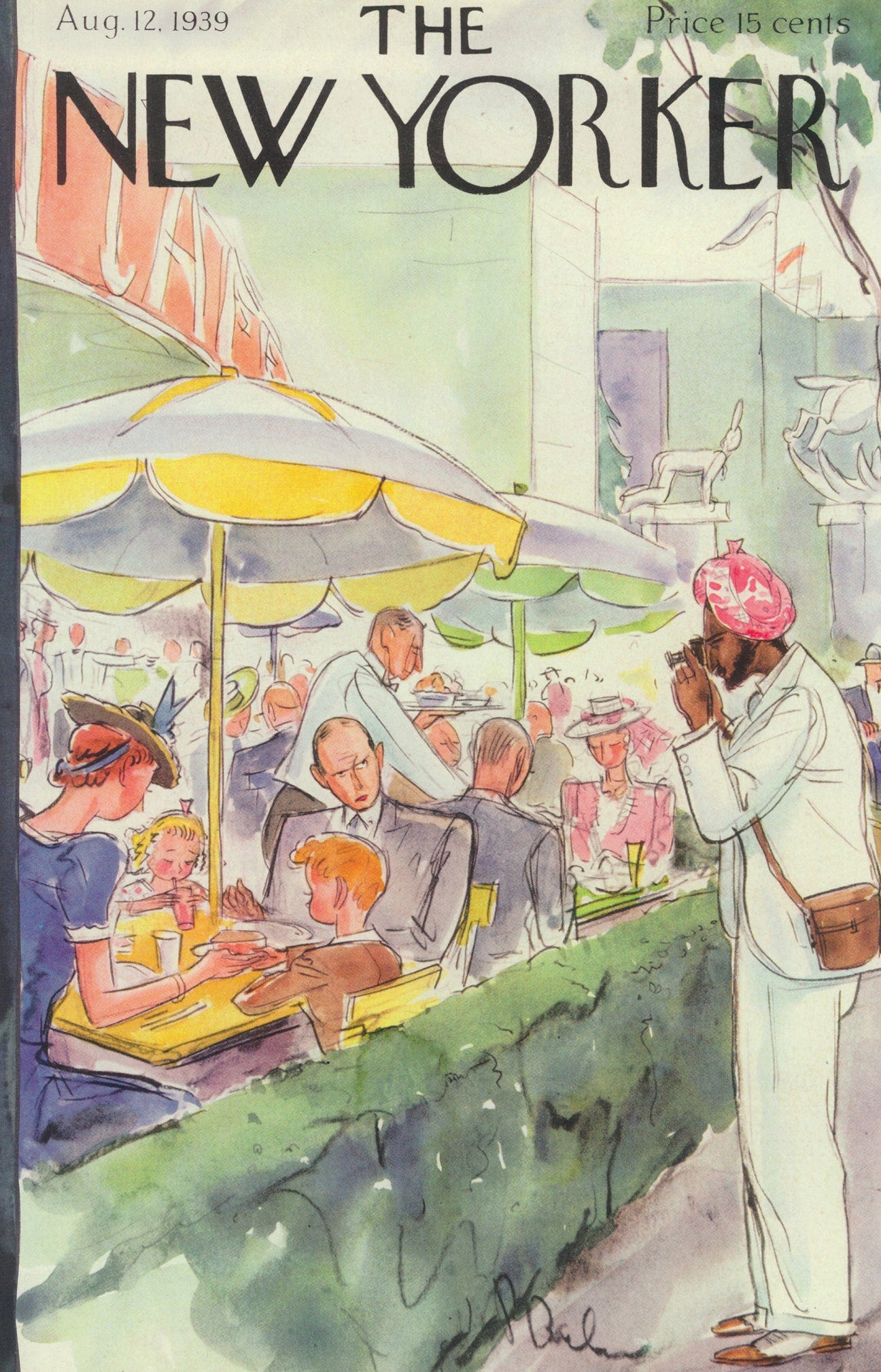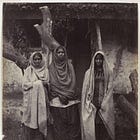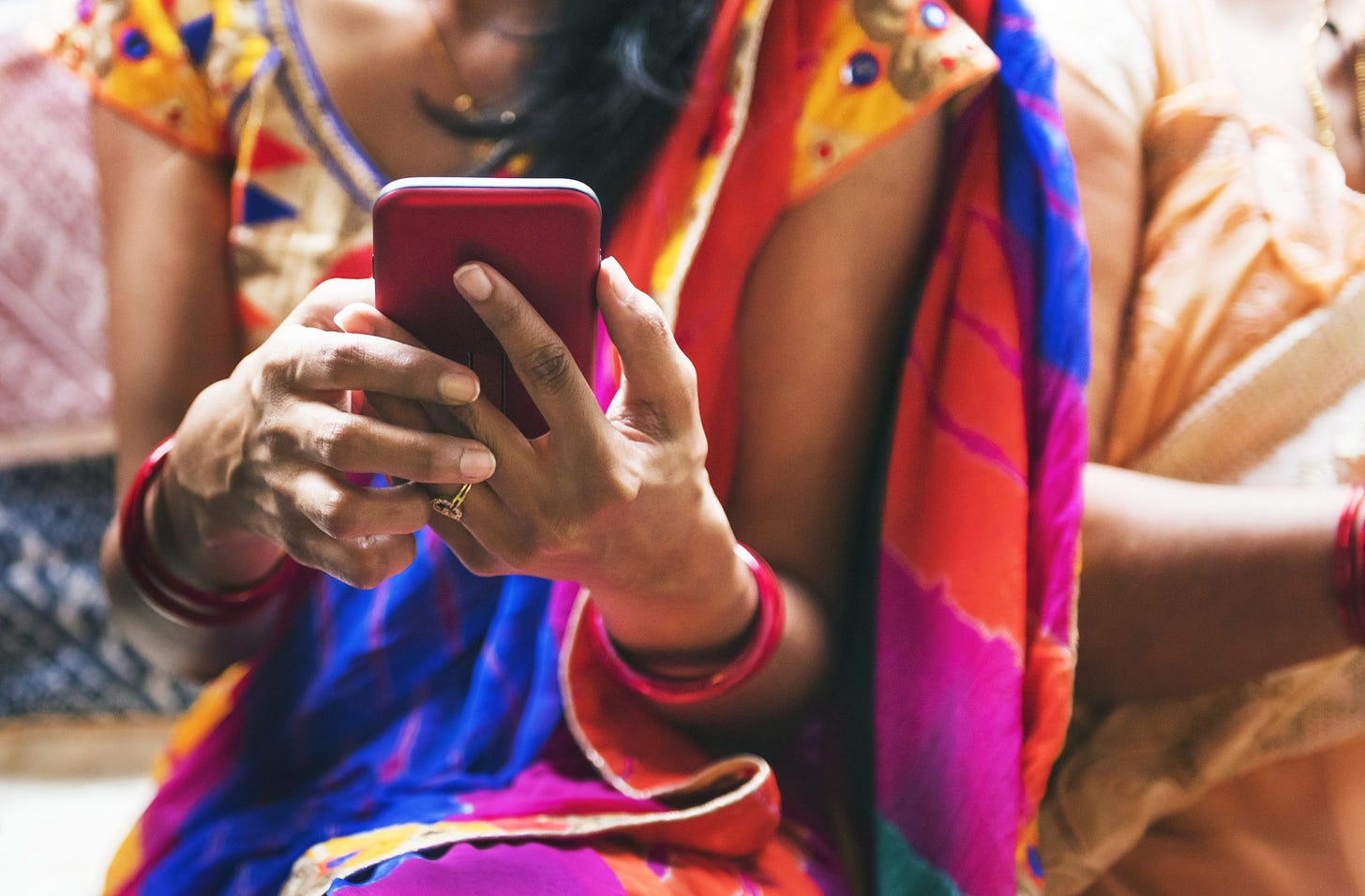Welcome to the Brown History Newsletter. If you’re enjoying this labor of love, please do consider becoming a paid subscriber. Your contribution would help pay the writers and illustrators and support this weekly publication. If you like to submit a writing piece, please send me a pitch by email at brownhistory1947@gmail.com.
Don’t forget to check out our SHOP and our Podcast

Recommended Reads:
The Digital World Is Leaving Women Behind In South Asia
Amongst the hustle and bustle of Lahore, Pakistan, located in central Gulberg, exists an unconventional plaza of almost six hundred condensed shops full of digital equipment ranging from imported batteries, second-hand laptops, to moderately cheap cell phones. A few simple facts are known about this plaza, named “Hafeez Center.” It was built in the 1980s, its veteran shop-keepers served as the gateways for the newly introduced nokia phones, but most relevantly, it is often considered an unsafe environment for women.
Now, the general uneasiness felt by women in the plaza is not an isolated event that only exists within Hafeez Center but the overall exclusion of women from the space does, instead, provide us with a stark reminder of one of the many ways in which the digital world is leaving women behind.
Despite this circumstance, mobile phones, for instance, have never been more accessible and cheap to come-by. However, in Pakistan, digital disparity is continuing to grow at an all time high. In a study conducted by the Consortium for Development and Policy Research, it was revealed that Pakistan has a 38% gap of mobile phone ownership between men and women. While 52% of men own a mobile phone, only 28% of women do – not even taking into account the discrepancy between those who come from a high-income household and those who live below their needed sustenance.
In the discourse surrounding such information, it’s easy to rationalize such stark statistics by pointing to overarching issues like poverty and underdevelopment that prevent women from owning digital technology and the skills needed to navigate digital tools. However, it is also widely known that a phone symbolizes more than just a device for communication. In South Asia, the ‘phone’ is considered to be almost a living, breathing organism that contains a special power in its cells to manipulate, coerce and tempt women to lead a life of immodesty and shame. Essentially, the phone and more specifically the internet, represents a challenge to the access of daily control that women are subjected to as men monitor and police their behavior. One of the major fears surrounding mobile phones functions in tandem with the general anxiety that ‘foreign’ culture and ideologies that ‘taint’ Islam, specifically from the West, are becoming more easily accessible through online mediums and are impacting women’s ‘modesty’ which leads them astray. One of the most unfortunate and well-known cases relating to this matter is the murder of Qandeel Baloch, for instance, a well known social-media star. However, it is also this example that is most commonly referred to in circles that uphold the digital divide, since in their eyes, it fulfills the prophecy of the internet forsaking women of their ‘honour’.







